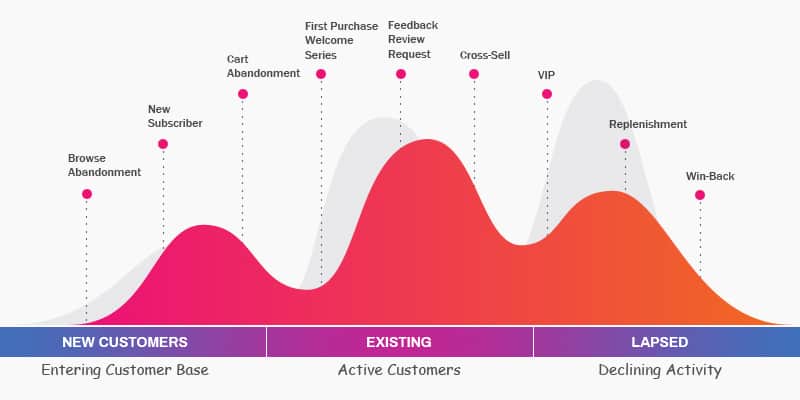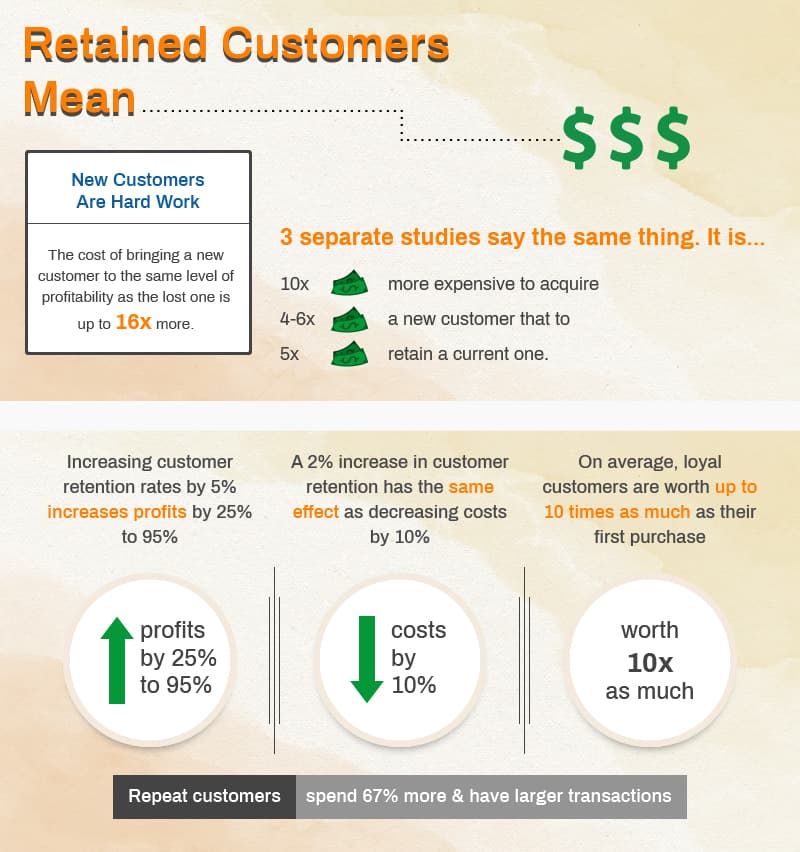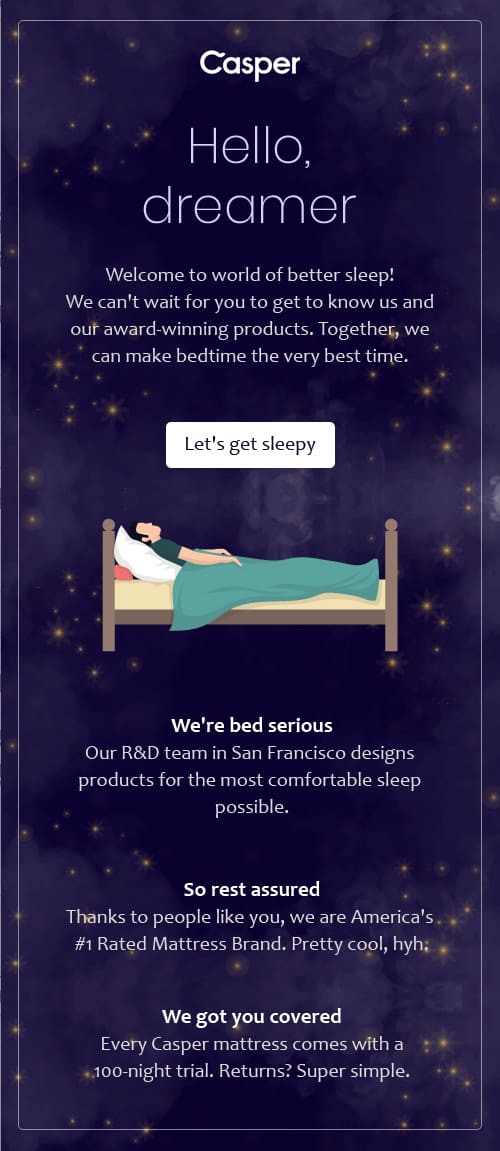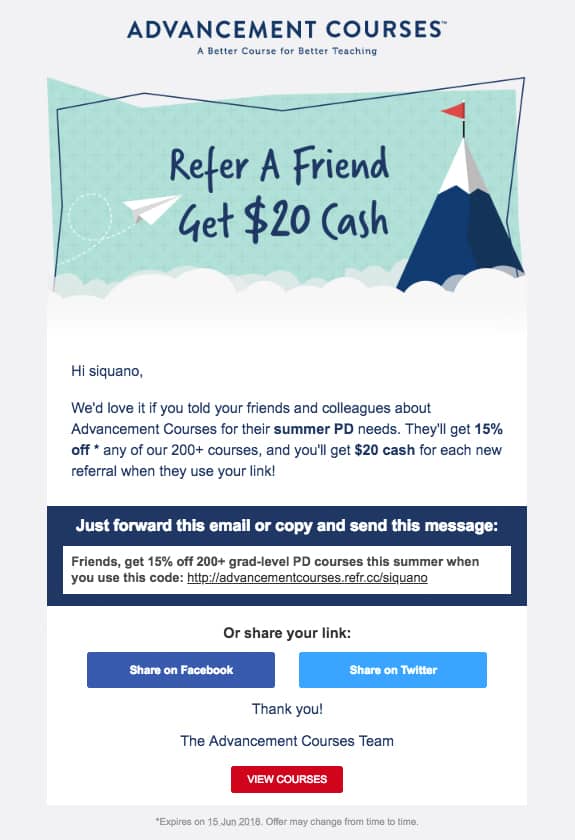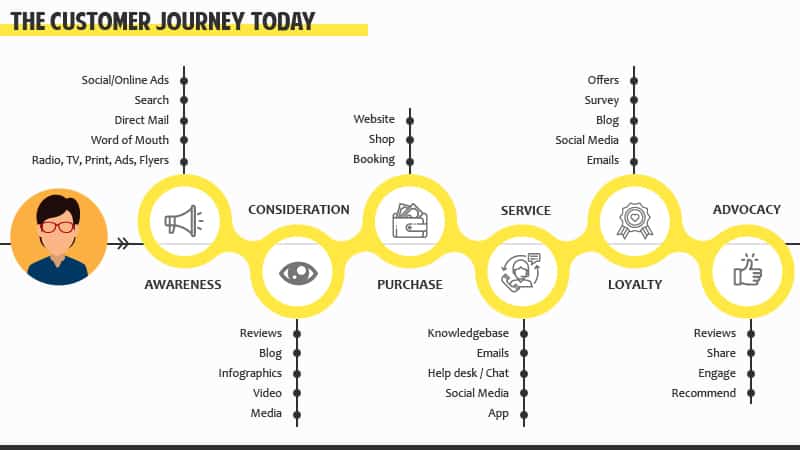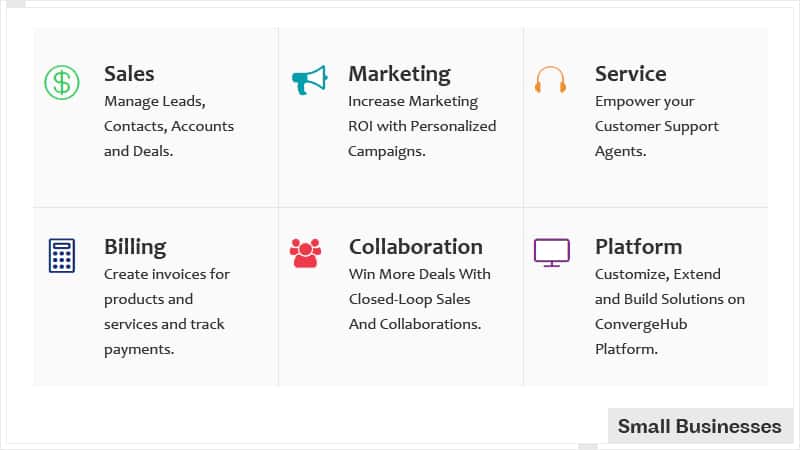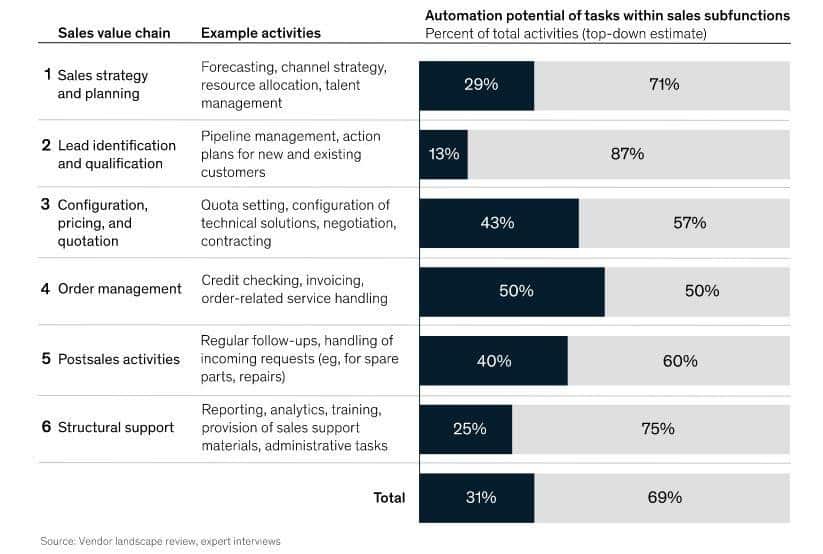Pursing any new business is a pretty exciting activity.
Especially when it comes to capturing new leads and then guiding them through immersive and compelling brand experience and customer journey using a business growth tool like an easy to use CRM that leads to a lucrative sale.
Additionally, it is even a rewarding experience to know that you as an owner of an SMB is playing a major role in generating serious revenue for your company and keep it in motion to motivate you and your employees to keep landing new clients and customers.
Nevertheless, unfortunately marketing to prospective leads is even a little exaggerated activity- at least in the grand scheme of things.
Pursing any new business is a pretty exciting activity.
Especially when it comes to capturing new leads and then guiding them through immersive and compelling brand experience and customer journey using a business growth tool like an easy to use CRM that leads to a lucrative sale.
Additionally, it is even a rewarding experience to know that you as an owner of an SMB is playing a major role in generating serious revenue for your company and keep it in motion to motivate you and your employees to keep landing new clients and customers.
Nevertheless, unfortunately marketing to prospective leads is even a little exaggerated activity- at least in the grand scheme of things.
This is because there is a lot more to marketing that just focusing on acquiring new leads and customers, as most successful businesses are focused on the larger picture, which implies that they are focused on the CLV (Customer Lifetime Value) of each and every customer.
Do not get us wrong. Even though lead generation and top-of-the-funnel marketing are extremely crucial for business growth in all companies, nonetheless your existing customers are always your most dependable source of revenue.
Therefore, retaining your existing customer base should be your businesses’ number one priority since you cannot grow your business if you constantly lose customers because your brand fails is providing poor experiences to the consumers of your offerings.

Hence as one of the most popular vendors of Salesforce Alternative CRM tools let us move past prospect marketing strategies and explore how you can encourage customer loyalty using three golden customer marketing tactics for decreasing churn and thereby boosting revenue growth.
1. NURTURING IS NOT JUST FOR PROSPECTS
In most small businesses and startups many associate nurturing with driving prospects through their sales funnels.
Now while that is certainly one example, nevertheless nurturing is not just associated with prospective leads.
In fact, since customers are already spending in your brand and offerings they are more primed for nurturing than even the hottest lead inside your easy to use CRM tool.
Hence here are just a few examples and means you can nurture existing customers to inspire their loyalty for your brand and boost business growth.
• Thank You, Welcoming and Onboarding Emails
Whenever you sign a new customer or make a new sale, ensure to follow-up immediately over email or SMS thanking the customer for their purchase(s). You might even also launch an automated drip email campaign that provides simple direction on how to get started with your offerings, and after that, as the campaign progresses you can add more details and conditional logic to that program to make sure your customers are getting the very most out of your sold offerings.
In the end, also be sure to include recommended content or additional products and services in your communications to take advantage of cross-selling opportunities and thereby further galvanize your seller-customer relationship.
• Celebrate Milestones With Big Promotions
It is extremely important to understand a few key bits of information about all your customers- such as their work anniversaries, birthdays, purchase history, and more. This is because armed with this knowledge you can easily send emails celebrating those milestones and thereby offer special perks and discounts on your offerings.
For example, if you are into a restaurant business or run a ghost kitchen you can provide BOGO promotions on your customer’s anniversaries and birthdays, or an auto insurance firm might offer discounted rates to ensure lower renewal rates after three or five years of safe driving.
These are not only great ways to stay on top of your customer’s mind, but it even shows that you care about your clients and customers and are ready to invest in their success and for continuing business with your brand.
• New Product and Service Announcements
Ambitious startups and small businesses area always diversify and add new products and services to their existing pipeline, since these sort of innovations proves that these companies are serious about improving their business and are ready to provide their customers the best possible goods and services.
Therefore whenever your company rolls out any new lunch, ensure that your existing customers are the first in the list to know about your successes.
Hence consider offering them discounts or free trials for early adopters of your new offerings even before you sell them in the marketplace.
For this, you can ask your customers if they are willing to sign-up in advance for a waitlist, which is great tactics that help in building anticipation for your new launch and even help your brand to gauge the demand of the offering yet to be launch in the marketplace for business growth.
According to surveys we as one of the most popular CRM for small and medium business have seen this sort of preferential treatment, which is often appreciated by customers. Hence ensure to show your customers that they are valued whenever it is possible which will help increase their loyalty for your brand.
2. PRODUCT EDUCATION AND ADOPTION IS CRUCIAL FOR LONG-TERM RELATIONSHIPS
There are several instances businesses are so used to their own products and services that they take the ease of use of their offerings for granted.
Now, this is just another most common mistake to assume that your clients and customers are using your products and services to their full potential.
However, to avoid this you can create different customer marketing campaigns to make sure sound practical knowledge and optimal usage of your offerings.
• Automated Trigger Campaigns
Well, if you might remember we talked about generating onboarding campaigns previously that can help you customers to get a basic understanding of your offerings.
But still, despite our best efforts as marketers, many customers do not open those text messages and emails, much less click on any informative or helpful links therein.
Therefore, persistence is the key to ensure proper adoption of your products and services.
Now if you are using marketing automation integrated into your CRM for SMB organizations, you can easily track the user’s behavior in your CRM app or on your website, after which you can segment these individuals based on their usage and/or purchase history and then launch an automated campaign to familiarize them with your offerings which can encourage adoption.
Remember to include concise and direct instructions in the verbiage of your campaigns and also add links and prominent CTA (Call to Action) buttons to helpful resources (if they are available online).
You can also encourage A/B testing of your emails to learn what is working and what is not to optimize your customer onboarding campaigns which will ensure that your CTAs, subject lines, and content are all resonating with the audience of your emails for rapid business growth.
• Pro-Tips and Training
Depending on your services and product line, your customers might need some advanced and on-going training.
Hence use progressive profiling and adaptive forms to make it easy for your customers to sign up for training sessions conducted digitally across your marketing channels (e.g. on your login page, website and apps), your monthly customer newsletters and even on your social media websites.
Remember not to overcomplicate the training materials, but ensure your customers find the fundamentals they need to get real usage out of your offerings and thereby remain loyal when the renewal date comes around or they are ready to make another purchase from your brand.
• Customer Webinars
Now if you want to raise the bar and go above and beyond, customer webinars are a great tool that can be extremely helpful in improving product education and the adoption of any offering.
This is because upholding digital events provides exclusive opportunities to dig deeper regarding some of the more complex features of your offerings and help to guide customers through several functionalities or use cases that they might not have implemented or tied even before.
We say this since a greater portion of your customers would rather acquire knowledge through viewing than reading, therefore webinars mostly attracts a lot of viewers, which might provide you a chance to promote additional offerings in real-time.
3. LISTEN TO WHAT YOUR CUSTOMERS ARE SAYING
Finally, the feedbacks of your customers are always considered as the proverbial ear to the ground, which allows businesses to identify their greatest fans and thereafter leverage them as advocates.
Customer feedback also allows brands to understand the pulse of dissatisfied customers so that they can reach them out directly and correct problems showing the customers that they care.
Therefore on a larger scale, the customer feedback loop is the most effective way to gather information about your brand’s reputation and the value and usability of your offerings.
In fact, it is also a good way to determine if any updates or changes in your business model are having a positive or negative effect.
Hence once you have a clear perception of the public’s view about your company, you can easily leverage this knowledge to boost that perception and your offerings.
For this, it is best to gather customer opinions via social media listening, surveys, NPS (Net Promotor Scores) and third-party review sites such as G2 and Yelp.
After this, you can analyze the information by identifying patterns in the responses of your customers and then start mapping solutions to the main issues- as well as capitalize on what you are doing right.
It is extremely necessary that your businesses’ customer feedback loop is both a model and an ongoing process so that you can apply this method repeatedly to promote a culture of excellence and thereby build a more positive perception in the minds of your customers for your brand for business.
Now as what works for one organization might not work for another, so be sure to research multiple feedback channels and thereafter use the one you feel works most accurately for your company for finding consistent business growth.






